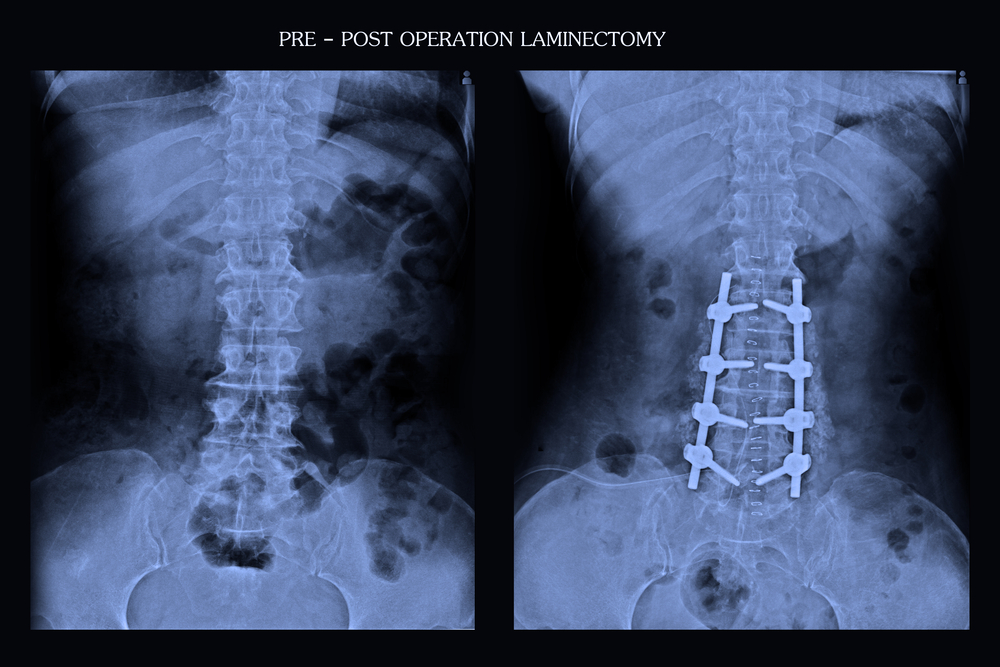Posterior Lumbar Interbody Fusion, also known as PLIF, works similarly to Transforaminal lumbar interbody fusion. The PLIF technique uses multiple incisions that line up bilaterally with the middle of the back rather than through one incision or unilaterally, through one area of the middle back region. The posterior lumbar interbody fusion is often performed as a minimally invasive procedure. Small incisions are made to reduce scarring, tissue damage, and nerve damage from this procedure’s result. By placing the bone graft material through the incisions, the fabric then acts as a bridge supporting spinal fusion.

Why Choose the PLIF Procedure?
The PLIF procedure reduces damage to the ligaments, tissues, bones, and nerves through multiple incisions placed laterally across the surgical site. Patients with nerve compression and spinal instability can benefit from this procedure if not much disc space is needed to be removed, and patients can benefit from a bone graft placed in between the disc space rather than replacing the disc entirely with a bone graft. Those who suffer from some form of spinal deformity that does not involve discs’ degeneration can benefit from this treatment. Some other conditions that PFIL can help include:
- Spondylolisthesis: The lower vertebrae slips forward, causing the bones to directly touch, causing inflammation in the discs, nerve pain, and back pain.
- Lumbar canal stenosis: Caused by back pain or spinal instability, stenosis can pressure the spinal cord and affect the nerves
- Spinal Trauma: Nerve damage caused by a spinal injury that otherwise only affects the spine’s bone structure, and not the discs may benefit from this treatment.
These conditions can be treated with a PLIF procedure, significantly when more conservative methods such as pain medications, physical therapy, and braces management do not improve the lower back region’s stability. PLIF can enhance stability in the lower back, increase muscle strength, and relieve nerve pain and reduce flexibility and range of motion due to the fusion of the vertebrae.
How is PLIF Performed?
To perform a posterior lumbar interbody fusion, your surgeon will follow these steps to ensure successful treatment:
- Small incisions will be made along both sides of the lumbar region to begin accessing the surgical site. These incisions through minimally invasive techniques will be less than 3 cm long and will be made posteriorly or along the rear of the spine and into the back.
- The muscles will be retracted from the area to access the spine, and the lamina will be removed partially to access any affected nerves within the region.
- If the nerve inhabits the site, the nerves will be carefully moved away from the disc region to allow the bone graft to be placed
- The bone graft will be inserted through both incisions and then set in between the discs to begin the fusion process.
- To hold the graft in place, orthopedic devices such as rods and screws will place a permanent cage surrounding the fusion site to protect the area from movement and damage.
- The incisions will then be closed to allow the bone graft to be fused to the spine. Recovery from this treatment will take months to heal, depending on the severity of the condition.
For more information on PLIF procedures and treatment options for your back pain, please contact us.



